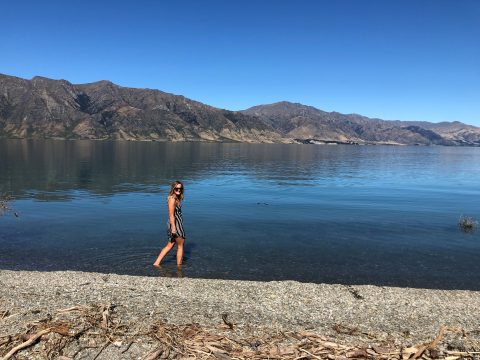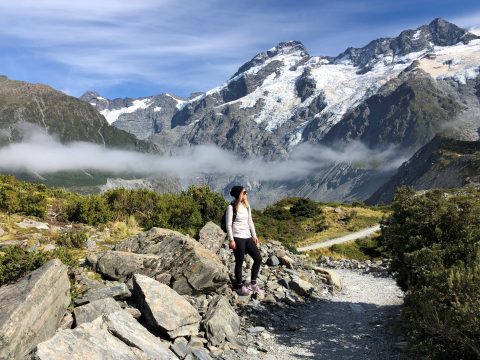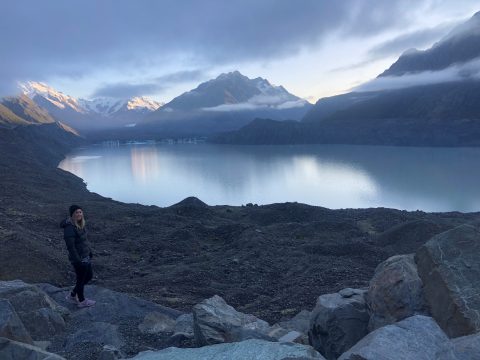By Alisha Lockie
For a small country, the climate in New Zealand can be very variable. From the near-tropical climate of Great Barrier Island in the North to the chilly bite of the Southern Alps in the South, you have a huge range of weather possibilities to prepare for.
The majority of the country lies close to the coast which means mild temperatures. The summer months, particularly January and February are the warmest, with July being the coldest month of the year.

The far North of NZ has subtropical weather during the summer and can be muggy and a bit wetter than down south. It’s often a few degrees warmer than the South Island and the average New Zealand temperature tends to drop as you travel south.

In the south, the weather tends to be cooler and dryer – Spring and Autumn, in particular, are known for their cool, crisp and clear days thanks to the snow on the mountains, Winter can be bitterly cold with temperatures as low as -10 in some areas. Summer can get very hot with temperatures in the 30s.
The sunniest areas in the country are the Bay of Plenty, Hawkes Bay, Nelson and Marlborough, all receiving over 2,350 sunlight hours. NZ experiences a low level of air pollution compared to many other countries which means the UV rays in our sunlight are very strong. You can burn very quickly between September and April, even on overcast days, so sunscreen and “slip, slop and slapping” are essential.

In winter, snow is common in mountainous areas like the Southern Alps and the Central Plateau, and it’s not uncommon to get a good dump of snow in inland Canterbury and Otago – which is great for the skiers and snowboarders among us!

The main rule of NZ weather no matter where in the country you are, dress for four seasons. It’s not uncommon to go from stinking hot sunshine to a heavy downpour, or even hail, and even in the middle of winter, the sun holds some strong heat while the evenings are cool. This means mastering the art of layering is essential. I’d always recommend making sure you carry sunscreen, sunglasses and a brollie wherever you go, and be prepared to lose or gain a layer where necessary.
The distinct seasons do have some great advantages, and this is particularly clear down south. From the golds and bronzes in Autumn to the vivid purple lupins in late Spring, each season has something special to offer in NZ in terms of the landscapes.
Regardless of whether you have pouring rain, a sharp frost or searing heat, the landscapes are totally breath-taking, so if you’re outdoors and the temperature is low you will soon forget the numbness in your toes as you gaze around at your surroundings!


